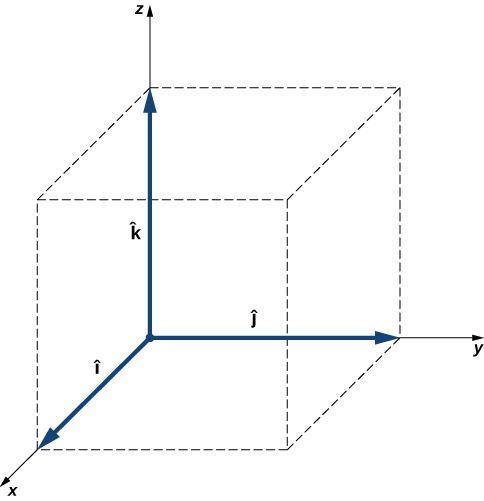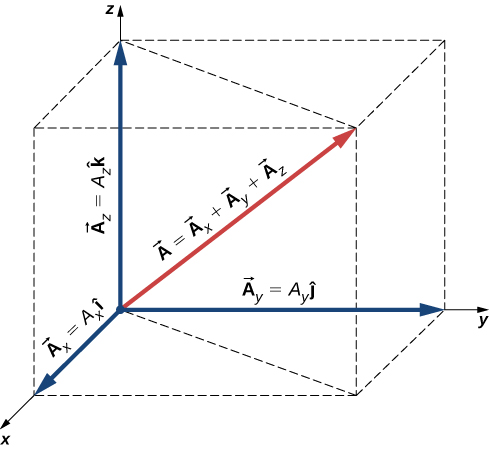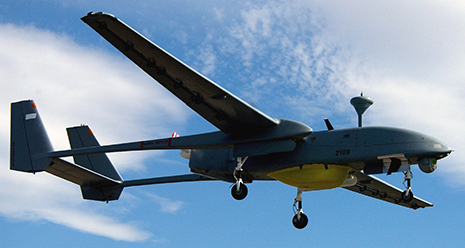| << Chapter < Page | Chapter >> Page > |
To specify the location of a point in space, we need three coordinates ( x , y , z ), where coordinates x and y specify locations in a plane, and coordinate z gives a vertical positions above or below the plane. Three-dimensional space has three orthogonal directions, so we need not two but three unit vectors to define a three-dimensional coordinate system. In the Cartesian coordinate system, the first two unit vectors are the unit vector of the x -axis and the unit vector of the y -axis . The third unit vector is the direction of the z -axis ( [link] ). The order in which the axes are labeled, which is the order in which the three unit vectors appear, is important because it defines the orientation of the coordinate system. The order x - y - z , which is equivalent to the order - - , defines the standard right-handed coordinate system (positive orientation).

In three-dimensional space, vector has three vector components: the x -component , which is the part of vector along the x -axis; the y -component , which is the part of along the y -axis; and the z -component , which is the part of the vector along the z -axis. A vector in three-dimensional space is the vector sum of its three vector components ( [link] ):
If we know the coordinates of its origin and of its end , its scalar components are obtained by taking their differences: and are given by [link] and the z -component is given by
Magnitude A is obtained by generalizing [link] to three dimensions:
This expression for the vector magnitude comes from applying the Pythagorean theorem twice. As seen in [link] , the diagonal in the xy -plane has length and its square adds to the square to give . Note that when the z -component is zero, the vector lies entirely in the xy -plane and its description is reduced to two dimensions.


We substitute these components into [link] to find the displacement vector:
We substitute into [link] to find the magnitude of the displacement”

Notification Switch
Would you like to follow the 'University physics volume 1' conversation and receive update notifications?